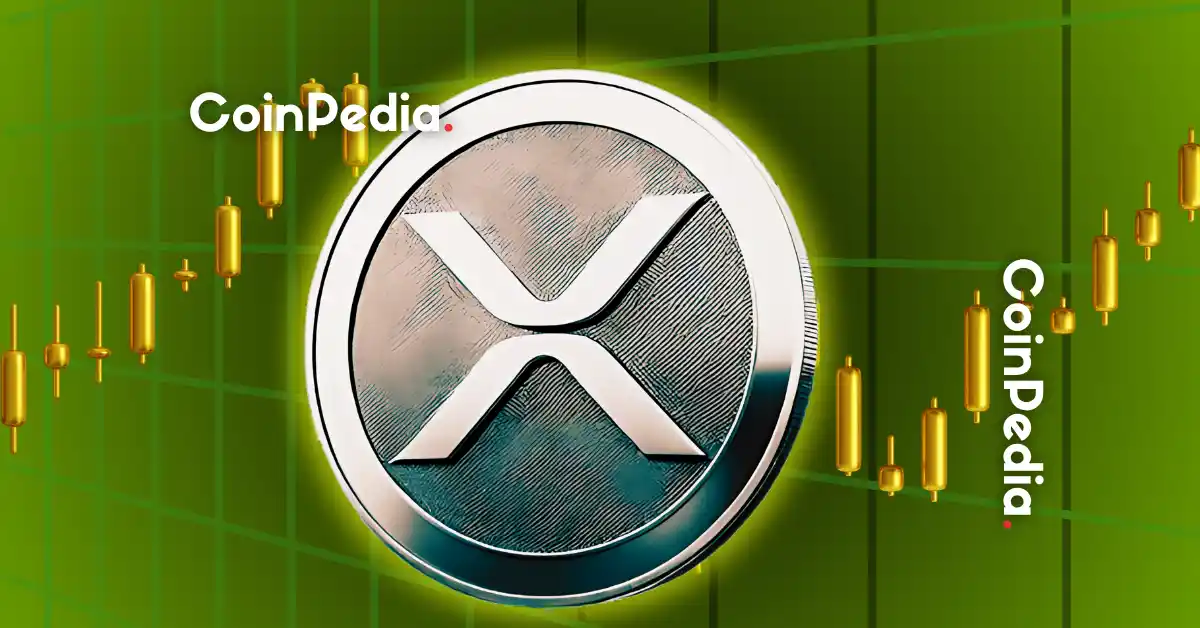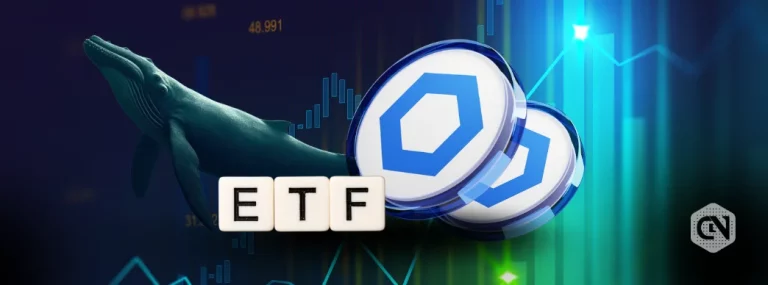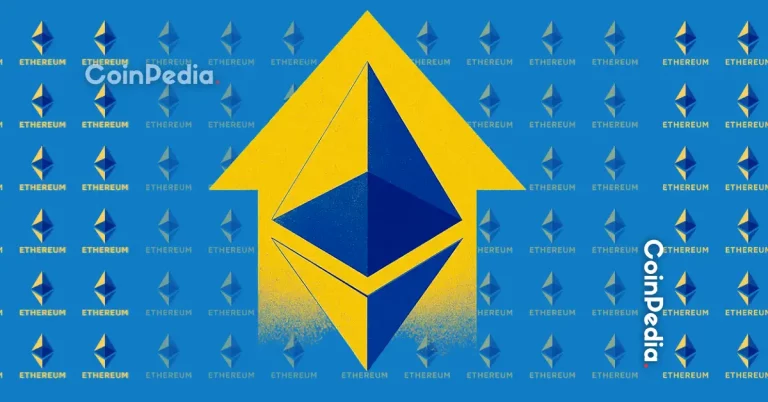
The Evolution of Digital Finance: XRP and Stablecoins at the Forefront
The cryptocurrency market is rapidly evolving, and two elements are emerging as key players: XRP and stablecoins. These digital assets are not only reshaping the future of finance but also influencing how traditional financial systems operate. Here’s everything you need to know about the role of XRP and stablecoins in the digital economy.
Understanding Stablecoins: The Digital Counterparts of Fiat Currencies
Stablecoins, often described as digital versions of fiat currencies, are designed to offer stability in the volatile world of cryptocurrencies. These coins are either issued by central banks through initiatives like Central Bank Digital Currencies (CBDCs) or by regulated private institutions. Their main advantage lies in their instant settlement capabilities, backed by government-issued money.
However, as crypto enthusiasts have pointed out, their tie to fiat currency keeps them linked to a debt-driven system. Despite this, the technological infrastructure powering stablecoins is innovative, with many of them built on Ripple’s RippleNet, enabling fast, global transactions using XRP and On-Demand Liquidity (ODL).
The Role of XRP in Financial Systems
XRP is increasingly viewed as more than just a speculative asset; it is establishing itself as a significant settlement commodity. Institutional adoption underscores XRP’s potential, with around 12 major financial entities like SBI Holdings, Santander, and PNC Bank leveraging XRP for payment solutions.
Ripple is also driving innovation by preparing to release its RLUSD stablecoin, further integrating digital U.S. dollars into financial ecosystems. As regulatory clarity emerges with bills like the GENIUS Act, the momentum for stablecoins and XRP continues to grow.
Ripple CEO Brad Garlinghouse has recently emphasized the expansion potential of the stablecoin market, predicting its capitalization could grow from $250 billion to over $1 trillion within the next few years. XRP, as the liquidity backbone, is instrumental in this ecosystem, powering cross-border payments, tokenized assets, and real-time settlements.
Bridging Traditional Banking with Decentralized Finance
The marriage of stablecoins and XRP represents a hybrid model where traditional finance converges with decentralized technology. Projects like RLUSD highlight the systemic potential stablecoins carry, especially as institutions prepare for a digitally dominant economy. As a result, the notion of XRP as the backbone of digital finance gains traction.
Challenges Ahead for Stablecoins and XRP
Despite the promise they bring, the journey is not without its challenges. The volatility of crypto markets, economic conditions, credit pressures, and risks tied to algorithmic trading remain concerns. Additionally, over-leveraged crypto institutions could still face significant losses even as the infrastructure matures.
Adapting to the Future of Finance
As the cryptocurrency community agrees, stablecoins are the next phase in the evolution of fiat currency, while XRP serves as the central figure in global settlement infrastructure. Together, these technologies are paving the way for a new era of financial systems where traditional and decentralized finance coexist.
Discover a Practical Use Case
To experience the potential of XRP’s efficiency in payments, consider exploring Ripple’s flagship XRP wallets, such as the Ledger Nano X, a highly secure hardware wallet designed for storing XRP and other cryptocurrencies. Implementing such tools not only ensures security but helps you stay ahead of the curve in an evolving financial landscape.



